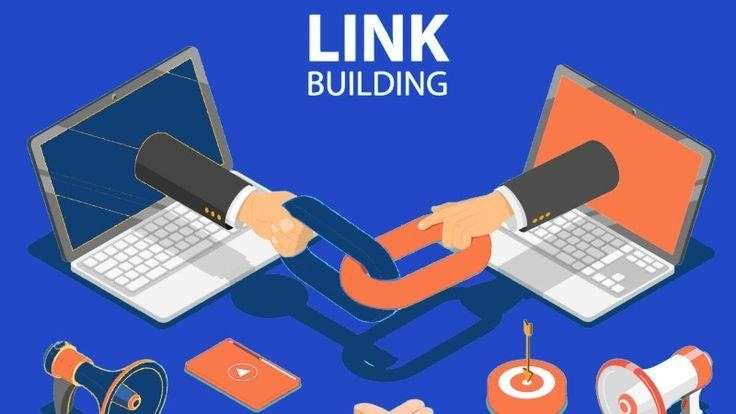In today’s online world, sharing information and interacting on the web is very important. It’s essential to know how to use web development tools. URL query parameters are really handy because they let websites adjust to what each visitor needs or does. This article will teach you what these parameters are, why they matter, and how to use them to make your websites better.
Introduction to URL Query Parameters
URL query parameters are a basic part of how the web works. They let developers send information back and forth between web pages and servers. These parameters are added to the end of a URL, following a question mark (?), with each parameter separated by an ampersand (&). They are essential for keeping track of what users do, filtering content, and offering customized experiences to everyone. Getting good at using these parameters can boost how well your web projects perform and how user-friendly they are.
How URL Query Parameters Work
A URL with query parameters might look something like this: http://example.com/products?category=books&price=20. In this example, “category” and “price” are the names used to describe certain details, while “books” and “20” are the specific values given for those details. This part of the URL helps in getting different information based on what users select or do.
Structure of URL Query Parameters
- Base URL: The starting point of the URL (e.g., http://example.com/products).
- Question Mark (?): Signifies the beginning of the query parameters.
- Parameter Name: The identifier for the data you want to pass (e.g., category).
- Equal Sign (=): Separates the parameter name from its value.
- Parameter Value: The specific data or identifier being passed (e.g., books).
- Ampersand (&): Used to separate multiple parameters.
Benefits of Using URL Query Parameters
- State Management. These parameters let you tell the website’s server what the user is doing on their computer, without making them fill out any forms.
- User Tracking. They keep track of what users do and what they like, which is crucial for knowing your audience and giving them the content they want.
- Content Filtering. They allow websites to show different content based on what a user selects or enters, making the site more fun to use.
- Bookmarking and Sharing. Web addresses with these parameters can be bookmarked or shared, so people can return to a specific part of a website just as they left it.
Implementing URL Query Parameters in Web Projects
Designing URL Query Structures
When adding URL query parameters to your website, careful planning is important. Think about the information you need to share and how it will be used. Choose simple and clear names for your parameters to make them easier to read and keep up with.
Manipulating URL Query Parameters
Reading Parameters
You can read URL query parameters by using JavaScript’s URLSearchParams feature. API. This API provides methods to work with the query string of a URL.
Modifying Parameters
You can change URL query parameters on the fly by combining the history.pushState method with URLSearchParams.
Best Practices for Using URL Query Parameters
- Keep URLs User-Friendly. Although parameters enhance purpose, overly complex URLs can be daunting. Strive for a balance between functionality and simplicity.
- Ensure Consistency. Use consistent naming conventions for parameters across your site to avoid confusion.
- Encode special characters in URLs to ensure they function correctly and to prevent errors.
- Consider SEO Implications. Search engines interpret URLs, so use parameters wisely. Excessive parameters can hinder a page’s SEO performance.
- Focus on security. Be careful with the information you send through URL parameters because it can be easily changed. Avoid passing sensitive information through URL query parameters.
Advanced Uses of URL Query Parameters
Beyond just sorting and keeping track of things, URL query parameters have more complex uses. They can update specific parts of a web app without reloading the whole page, sort content into sections, or change settings for different languages and areas. The better you understand these parameters, the more you can make your websites interact faster and in more interesting ways.
Conclusion
URL query parameters are a vital tool for web developers, allowing them to make websites more interactive and customized for users. Learning how to use and adjust these parameters well can greatly improve what your web projects can do. Following best practices and thinking about what users need is key to making sure URL query parameters make your web apps better.
Read More: How to Add Hyperlinks to PDF Files?
















